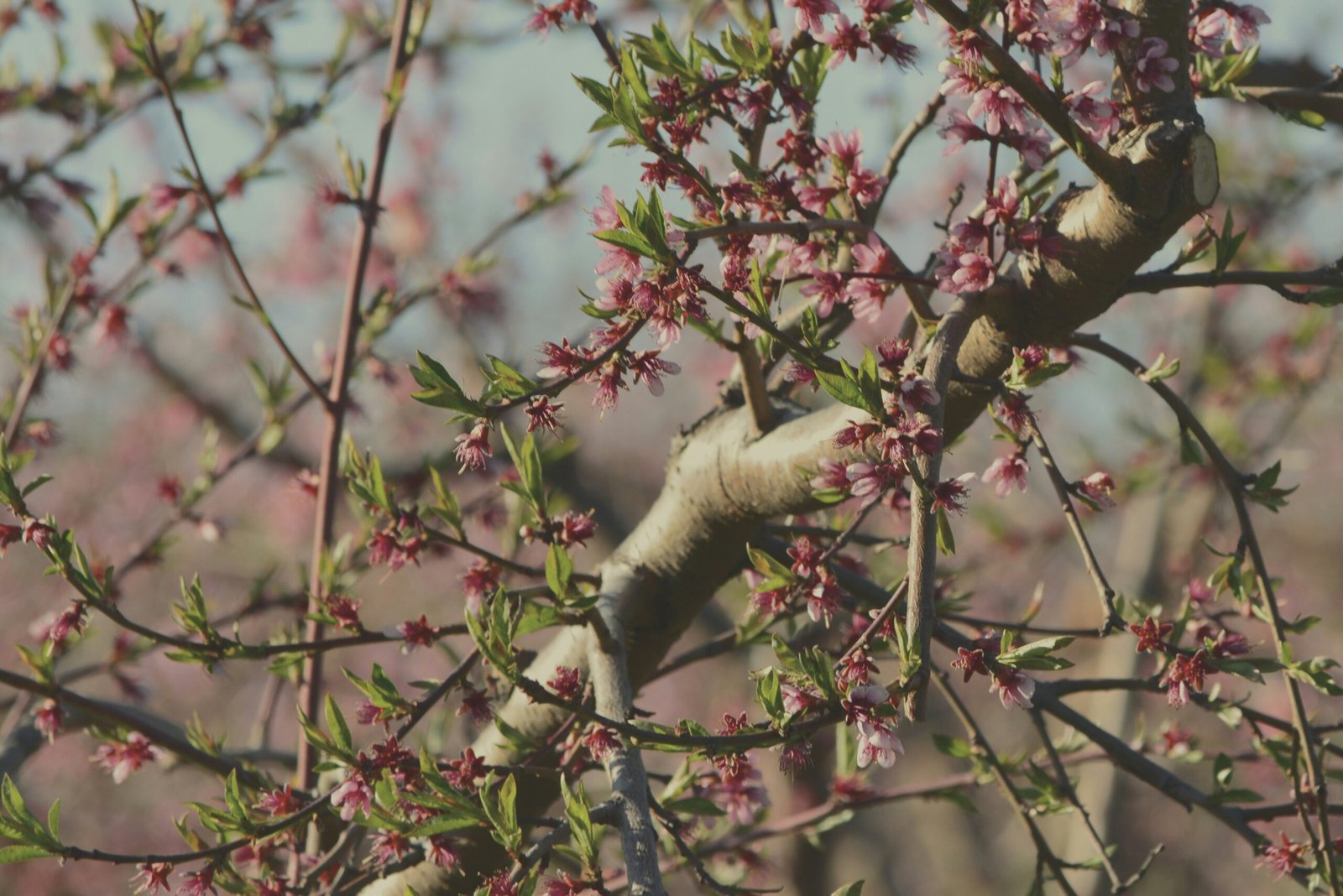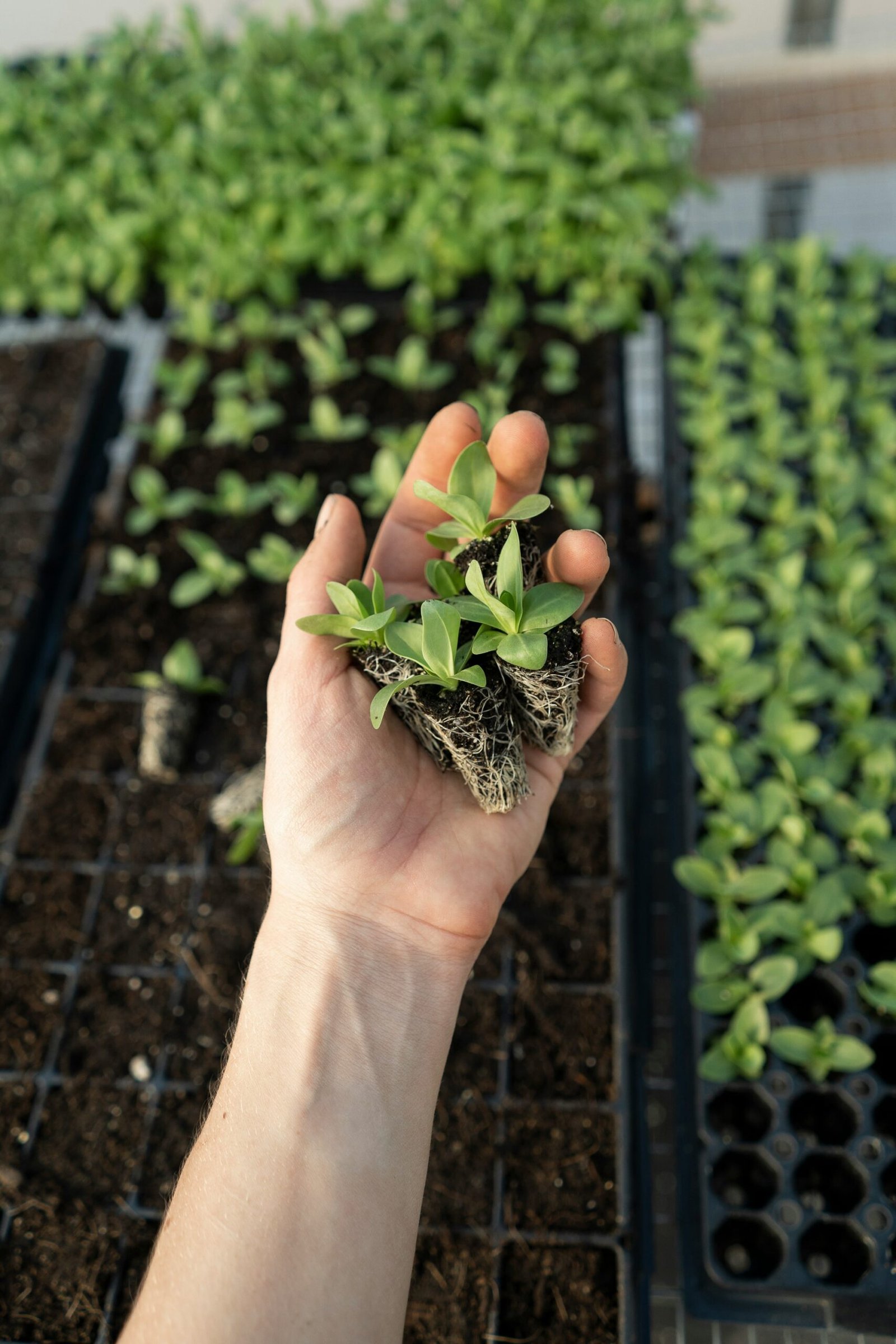Introduction to Polyamines
Polyamines, a group of organic compounds characterized by the presence of multiple amine groups, play a pivotal role in the growth and development of plants. These compounds, including putrescine, spermidine, and spermine, function as essential plant growth regulators, influencing various physiological activities.
Functions of Polyamines in Plant Growth
As plant growth regulators, polyamines are involved in numerous processes. They contribute to cell division and expansion, enhance stress tolerance, and promote root and shoot development. By modulating the production of ethylene and auxins, polyamines ensure that plants grow optimally, even under challenging environmental conditions.
Polyamines and Stress Response
In addition to their role in growth regulation, polyamines act as protectants against biotic and abiotic stresses. They help in mitigating the effects of drought, salinity, and pathogen attacks, thereby enhancing plant resilience. Through their involvement in scavenging free radicals and promoting antioxidant activity, polyamines further support plant health and longevity.
In conclusion, the significance of polyamines as plant growth regulators cannot be overstated. Their multifaceted roles in promoting growth and enhancing stress resilience make them valuable in agricultural practices, especially in the face of climate change. Ongoing research continues to uncover the vast potential of polyamines, paving the way for innovative applications in plant biology.



